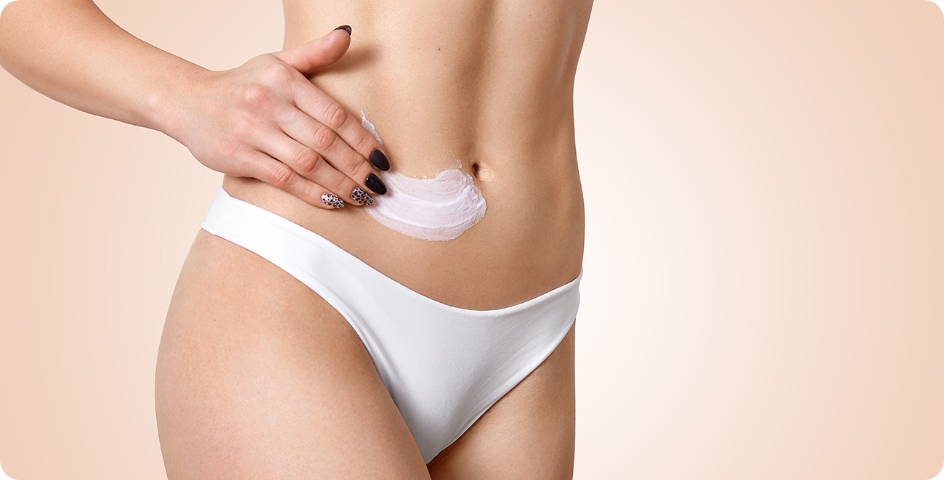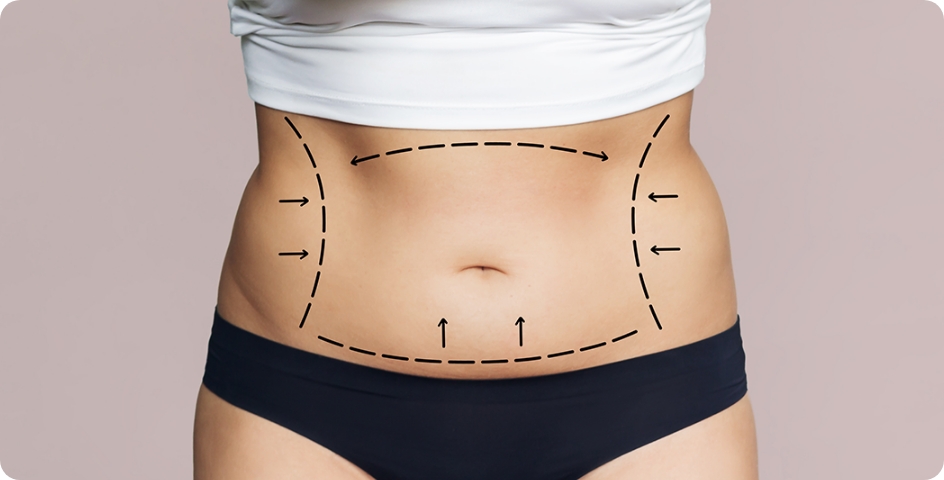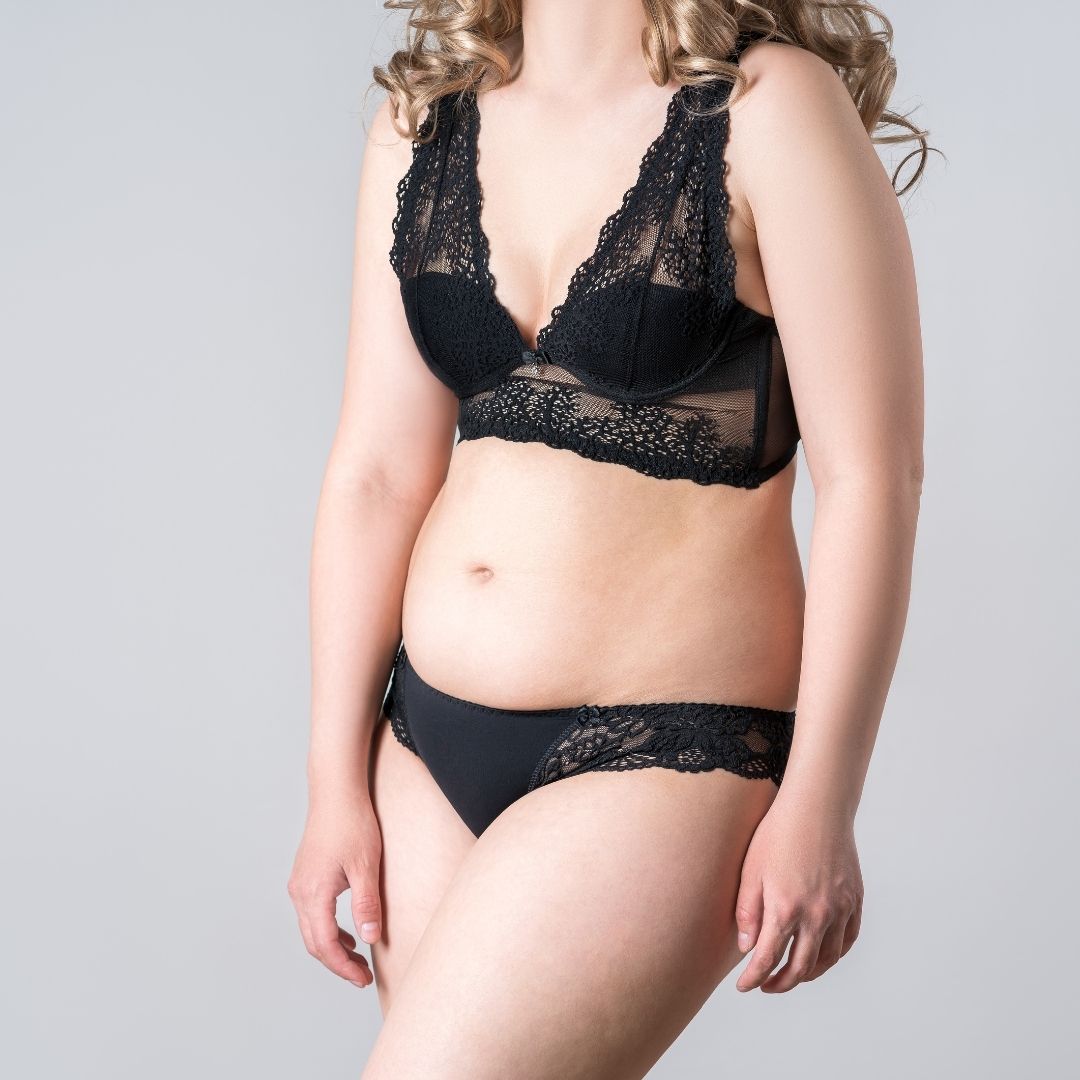
Gastric Band Scars
After the surgery, mini-surgical scars remain in certain parts of the body. Still, some people don’t like gastric band scars and want them to fade away as soon as possible. In this article, I’ll talk about gastric band scars how to reduce them, how long it takes for them to disappear, and tips that’ll help your skin recover faster.
While scars after gastric band are evident in the first months after surgery, they heal over time and what will be left of them is just some unclear spots. It is possible to minimize these scars with enough care and proper method so that your skin recovery process escalates. Gastric band surgery is performed by a laparoscopic method which creates small incisions in the patient’s abdomen. Having the surgery with this method means your surgeon inserts the devices into the stomach through these tiny incisions.
What is Gastric Band Scar?
Most gastric band surgeries leave very small scars. However, even if scarring is a possibility for gastric band surgery , there are things that you can do to minimize the scar.
Gastric band scars are the body’s method of healing a wound: White blood cells rush to the wound to fight any germs or infections. When this happens, the wound may become red and may swell or feel tender to the touch. The body begins growing new tissue in the area of the wound. Collagen is produced and starts linking itself, covering the wound. New tissue fills the inside of the wound. If there are stitches, they dissolve and fall out in two to five weeks. And the scab eventually falls off.
Bariatric surgery scar begins to form when strengthens the new tissue. In the case of brown skin, the scar may be lighter than the brown skin color. In course of time, these discolorations fade, though not always completely. A gastric band scar can continue to fade for up to two or three years.

Minimize Gastric Band Scars
To minimize the risk of gastric band scars from forming:
Follow your surgeon’s incision care instructions: Keep your incisions clean and covered by. Gently wash them with soap and water without scrubbing. Dry with air or a clean towel. Dress the incisions with sterile bandages. Talk with your surgeon about what you can apply to minimize scarring. Options include silicone sheeting or one of many scar-minimizing creams, lotions, ointments, or natural substances like honey or aloe vera.
Don’t pick at your scabs: They will fall off themselves when they’re ready.
Follow your dietitian’s instructions to the letter: Appropriate diet, bariatric vitamins, and liquid intake are crucial for helping your body heal itself.
Follow your surgeon’s exercise recommendations: This will promote blood flow that will help your wounds heal faster which will reduce scarring. However, don’t overdo it, as you do not want to stretch your skin to the point that your incisions pull apart or break open.
Don’t smoke: Smoking prevents oxygen from getting to wounds which will make scars worse. Smoking may even cause your wounds to open again, leading to even larger scars.
Don’t drink alcohol and avoid caffeine: They can cause dehydration which will delay healing.
Rest: Get plenty of sleep and don’t overdo your exercise while your incisions heal. Your body’s healing response works best when you are fully rested.
Warning signs: Contact your surgeon immediately if the area around your incisions turns bright red, if your incisions have excessive leaking, or if any fluid is leaking from your incisions These signs may mean you have an infection. If you don’t treat it quickly, it is likely that your scars will be worse.
Protect your scars from the sun: You should protect them by covering them up or by using sunscreen. Overexposure to the sun can cause your scars to change color.
Do Scar Creams Really Work for Gastric Band Scars?
There are several name-brand scar creams on the market that say they will help reduce the appearance of your gastric band scar over time. Some have silicone among their ingredients, which can help hydrate the tissue and reduce collagen overgrowth. Others include Vitamin E oil, which helps soften the scar and keep it moist, or allantoin, a by-product of uric acid that softens the skin protein keratin. Panthenol pulls moisture into the skin, as does lecithin, which forms a barrier that helps prevent evaporation.
Scientific research on the effectiveness of scar creams is scarce; since every individual heals differently, proper studies must compare similar wounds on the same person.

Differences Between Gastric Band Scars and Gastric Sleeve Scar
During gastric sleeve surgery , your surgeon creates five incisions in the abdomen area in order to perform the procedure. The number of incisions will vary depending on the method your surgeon prefers. The surgery is performed through the opened incisions. Gastric sleeve surgery scars are generally found in the abdomen because the area specified for sleeve gastrectomy is around the belly button of the abdomen. Gastric sleeve surgery is performed laparoscopically. The surgery is performed in the area closest to the stomach , between the chest and the belly button. The scars create an elliptical appearance that begins from the navel.
The incisions created for gastric band surgery are the size of a keyhole and are created with special technology. When these small wounds are closed and healed, almost no scars are visible.

Gastric Band Scars vs Gastric Bypass Scar
In laparoscopic gastric bypass surgery, scars will be between ½-1” long and generally, 5 incisions are made in the abdomen. Typically, one incision is made to insert a laparoscope with a very small camera and then there are four other incisions that are used for other instruments to perform the procedure. In approximately 90% of patients, incisions will result in very tiny scars that fade to almost invisible within a year or two.
In open gastric bypass surgery , scars can range from 8-10” in length and runs from the naval upward toward the sternum. With a larger incision, there is more risk for infection and the resulting scar is quite marked.
When gastric band surgery is done laparoscopically, patients have to deal with smaller wounds in comparison with gastric bypass surgery. The incisions created for this surgery are as big as the keyhole and are created with special technology. When wounds are closed and healed, there is almost no scar.
The Study of Gastric Band Scar
Recent research published in the Journal of Cosmetic Surgery explored the effectiveness of scar reduction methods after bariatric surgery , including gastric band procedures. The study followed a group of patients who applied silicone sheeting and scar-minimizing creams as part of their scar management routine. The results indicated a noticeable reduction in the appearance of scars, with the majority of patients reporting improved scar texture and fading over time.”
Conclusion About Gastric Band Scar
Even if gastric band scars are very small, they may not be desired in some cases. These scars can almost completely disappear with the necessary methods and follow-ups. Contact Healthy Türkiye, if you want your scars to be free or if you want to get rid of your scars. Healthy Türkiye be happy to assist you with the procedure and any medical issues.



